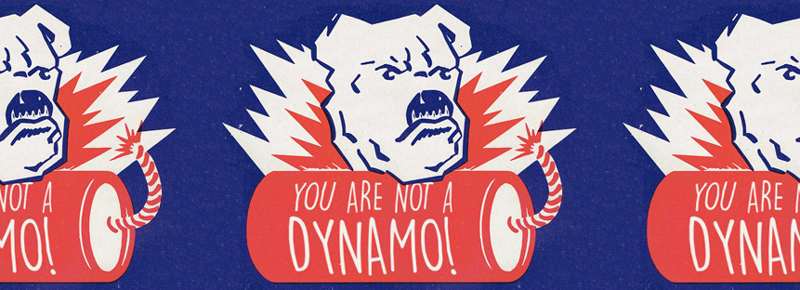Empathy

Who’s against empathy? Raise your hands!
Every journalist loves a good man-bites-dog story, and the current Harvard Business Review chomps at the empathy balloon with a story called “The Limits of Empathy“, by Adam Waytz, an associate professor of management and organizations at Northwestern’s Kellogg Business School.
While acknowledging the importance of empathy at work, Waytz tries to establish three problems with empathy: first, that practicing it is exhausting. The examples he cites are full-time empathists, like oncology nurses. Most of us don’t have such jobs. Second, based on one study, he says empathy zero-sum: if you empathize too much at work, you won’t have any Vitamin E in the tank for your family. Perhaps. And finally, empathy invites moral hazard: you are likely to overlook mis- and malfeasance as you empathize with people you like, as opposed to strangers. That’s human nature.
He then offers a number of suggestions, ranging from the practical (give people time off from empathy, or limit the objects of their empathy) to the more outre: buying personal meditation pods.
While I don’t think that empathy deficit is quite so severe for most of us, I do think the practice of empathy is more difficult than it needs to be, particularly when it comes from an emotional starting place. However, 5 Dynamics provides another point of entry…
Amongst the four Energies we measure, in general Examine and then Execute have the greatest challenge in showing empathy on an emotional level at work. Examine tries to keep things factual, and Execute believes in salvation through work. Explore enjoys the concept of empathy, and Excite likes the closeness and interaction it entails.
What if you’re high in Examine or Execute? Or if you just don’t feel like reciprocating to someone’s empathetic approaches? It takes two to empathize, and the odds of a pairing are diminished.
Instead, we’ve found that the overt use of learning style is the easiest, and often the most effective way to empathize. When you adapt to someone else’s learning style, you’re saying, “I don’t naturally think the way you do, but I am going to make an effort to do so. If you understand me that’s great.” How can a person not like that message?
When we have inquired further, we’ve found that most people feel quite flattered when they learn how they’re being accommodated. While the communication may at first be imperfect, the listener is keenly attuned and often offers suggestions for improvement. Moreover, this is a general skill. Unlike emotional empathy which is “custom”, speaking Execute-ese works for everyone who learns the Execute way. And while it’s easier to practice than mining one’s emotional reserves, it also avoids Waytz’s three traps.
How can you use learning style? We have three great resources for you:
- Download the 5 Dynamics learning style team chart. It contains great tips for using the four learning styles
- Read the chapter on learning styles in our new book Optimizing Performance with 5 Dynamics
- Read the Learning Preferences section of individual report
- Run Leadership Reports which always contain a section on learning style
You’ll make amazing progress. And as you do, please tell us what you learn.


